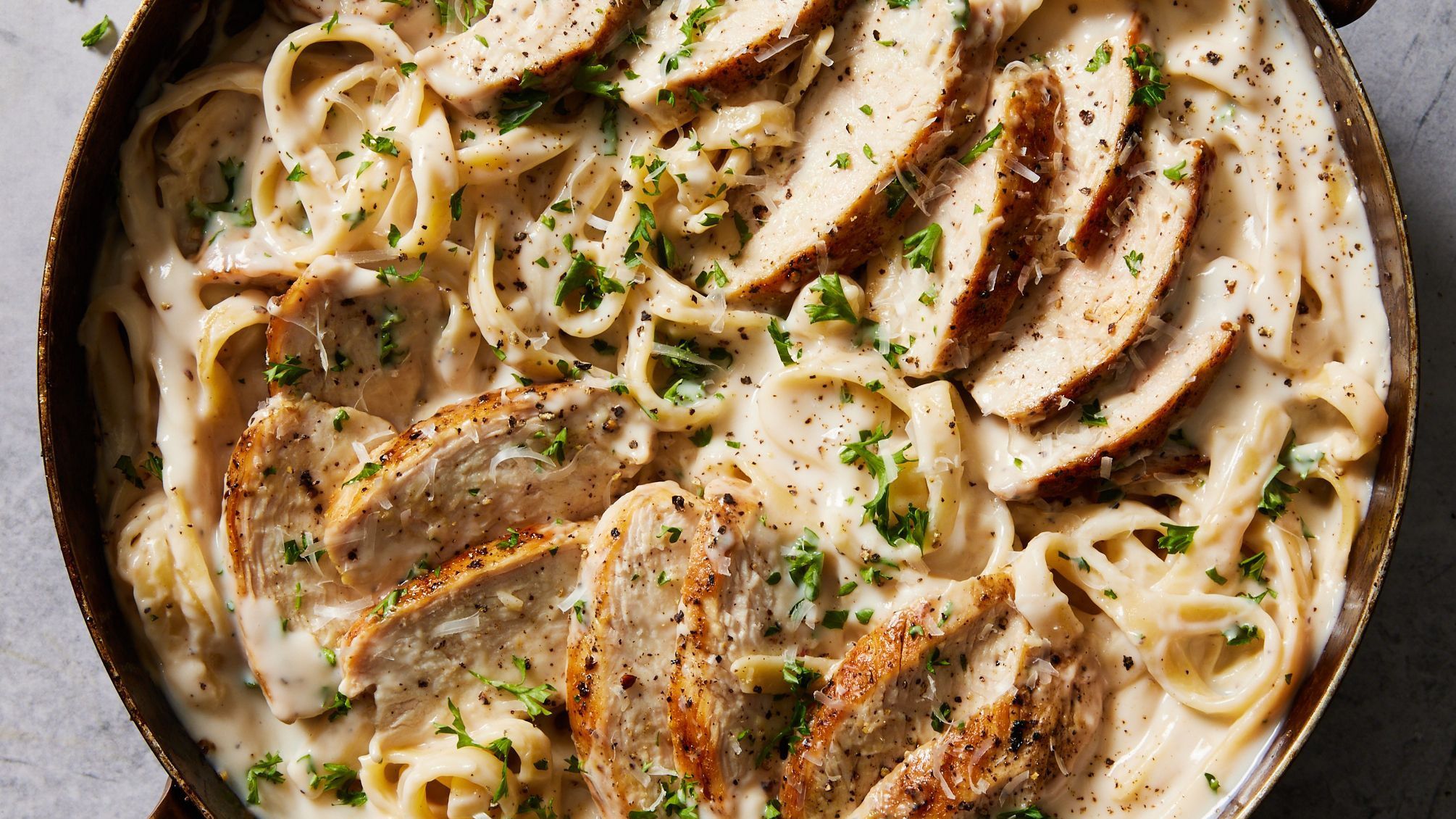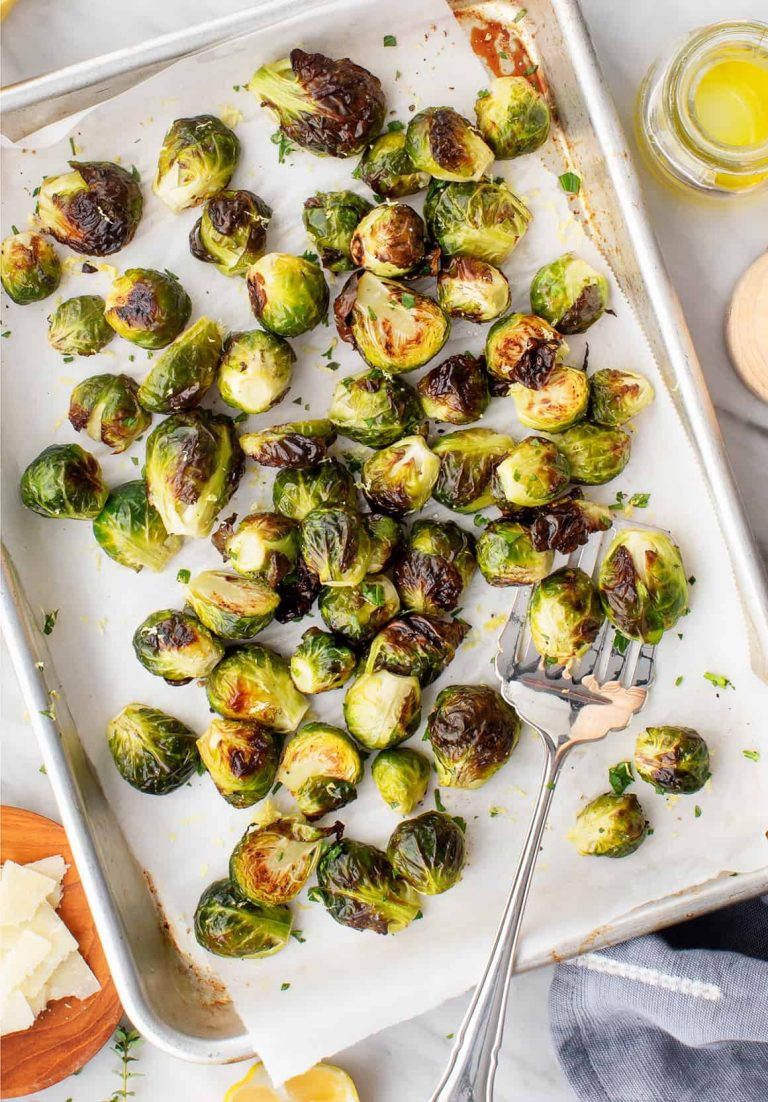Creamy Alfredo Sauce: History, Ingredients, Variations, and Pairings
Creamy Alfredo sauce traces its origins to Rome in the early 20th century. Chef Alfredo di Lelio is credited with creating the original dish in 1908. Di Lelio invented the sauce to help his wife regain her appetite after childbirth. The simple recipe consisted of just butter and Parmesan cheese. The dish was first served at Alfredo’s restaurant, Alfredo alla Scrofa, where it garnered a loyal following among Roman locals.
Popularity in the United States
Creamy Alfredo sauce gained widespread popularity in the United States in the 1920s. Silent film stars Mary Pickford and Douglas Fairbanks dined at Alfredo’s restaurant during their honeymoon in Rome. Impressed by the rich flavors, they brought the recipe back to the U.S. and popularized it among Hollywood elites. The American version of Alfredo sauce evolved to include heavy cream, resulting in a richer and creamier sauce. Today, it is a staple in American-Italian cuisine, enjoyed in restaurants and homes across the country.
Key Ingredients in Creamy Alfredo Sauce
Importance of High-Quality Butter
High-quality butter ensures the richness and depth of your Alfredo sauce. European-style butters like Kerrygold or Plugrá contain higher butterfat content, around 82%, compared to standard American butter’s 80%. Higher butterfat results in a creamier texture and more pronounced flavor. Unsalted butter allows better control over the salt level in your sauce, enhancing the overall taste.
Types of Cream and Their Impacts
Cream determines the sauce’s consistency and mouthfeel. Heavy cream, with at least 36% fat content, provides a luxurious, thick texture. When lighter consistency is preferred, half-and-half or light cream may be used. However, these options reduce the sauce’s richness. Always choose fresh dairy cream, noting that ultra-pasteurized cream might lack the same fresh flavor and can affect the sauce’s stability.
The Role of Parmesan Cheese
Parmesan cheese delivers essential flavor components and thickness. Authentic Parmigiano-Reggiano, aged for at least 12 months, contains umami and nutty notes crucial for the sauce’s depth. Pre-grated Parmesan should be avoided as it often includes anti-caking agents, affecting texture. Always grate the cheese freshly just before use. This practice ensures maximum flavor release and helps the cheese melt smoothly into the sauce.
Cooking Techniques for Perfect Alfredo Sauce
Achieving the Right Consistency
To perfect Alfredo sauce consistency, combine butter and heavy cream over medium heat. Stir continuously until the butter melts, ensuring the mixture doesn’t boil. Add grated Parmesan cheese gradually, whisking to blend smoothly. Continuously monitor the heat to prevent curdling. The sauce should thicken as the cheese melts.
When adjusting consistency, use pasta water. Add small amounts to thin the sauce if it becomes too thick. Aim for a creamy, smooth texture that coats pasta evenly.
Common Mistakes to Avoid
Avoid overheating the sauce. High heat can cause the cheese to separate. Maintain a medium temperature and stir often.
Using pre-grated cheese can result in a grainy texture due to anti-caking agents. Opt for fresh Parmesan, preferably Parmigiano-Reggiano, for smooth melting.
Skipping seasoning can impact flavor. While Parmesan provides saltiness, taste and adjust with additional salt if necessary. Finish with freshly cracked black pepper for depth.
Variations of Traditional Alfredo Sauce
Adding Proteins and Vegetables
Incorporating proteins and vegetables adds nutritional value and varying textures to your creamy Alfredo sauce. Chicken, shrimp, and mushrooms work well. Grilled or sautéed chicken adds a savory, lean protein option. Shrimp, whether grilled or sautéed, offers a touch of seafood flavor and pairs well with the creaminess of the sauce. Mushrooms, such as cremini or portobello, provide an earthy depth. Vegetables like broccoli, spinach, and bell peppers can enhance both flavor and visual appeal. Broccoli florets retain their crunch, spinach wilts delicately, and bell peppers add a slight sweetness.
Vegan and Gluten-Free Alternatives
Adopting vegan and gluten-free variations of Alfredo sauce allows those with dietary restrictions to enjoy this classic dish. Replace dairy ingredients with coconut milk or almond milk for creaminess without the cream. Nutritional yeast can substitute for Parmesan cheese, providing a cheesy flavor. Incorporate gluten-free pasta, such as brown rice pasta or quinoa pasta, to accommodate gluten intolerance. Avoiding animal products? Tofu or tempeh make excellent protein additions, ensuring a balanced meal.
By exploring these variations, you can customize Alfredo sauce to suit different dietary needs and preferences, making it a versatile dish for any occasion.
Pairing Alfredo Sauce with Pasta
Best Pasta Shapes for Alfredo Sauce
Select pasta shapes that capture and complement Alfredo sauce’s creamy richness. Fettuccine, commonly associated with Alfredo, offers broad, flat surfaces ideal for coating with the sauce. Linguine, slightly thinner than fettuccine, provides a similar experience. Pappardelle, with its wide ribbons, holds the sauce efficiently. For a slightly different texture, try tagliatelle or even rigatoni. The ribbed surface of rigatoni grabs every bit of creaminess. Avoid delicate pasta shapes like angel hair; they’ll be overwhelmed by the thick sauce.
Tips for Cooking Pasta Al Dente
Ensure pasta achieves the perfect al dente texture to complement Alfredo sauce. Boil pasta in a large pot of salted water. Use approximately 4 quarts of water for each pound of pasta, and add 1 to 2 tablespoons of salt for flavor. Cook the pasta 1 to 2 minutes less than the package instructions to retain firmness. Test a piece for doneness by biting into it; you should feel resistance in the center. Drain the pasta, but reserve some cooking water. The starchy water helps adjust the sauce’s consistency when mixed with pasta.
Conclusion
Creating the perfect creamy Alfredo sauce is an art that combines tradition and innovation. Whether you’re sticking to the classic recipe or experimenting with modern twists, the key lies in using high-quality ingredients and cooking techniques. Don’t hesitate to explore various additions like proteins and vegetables to make your dish more nutritious and flavorful. For those with dietary restrictions, vegan and gluten-free alternatives ensure everyone can enjoy this delicious sauce. Pair it with the right pasta and cook it to al dente perfection for a truly satisfying meal. Enjoy your culinary journey with Alfredo sauce!






